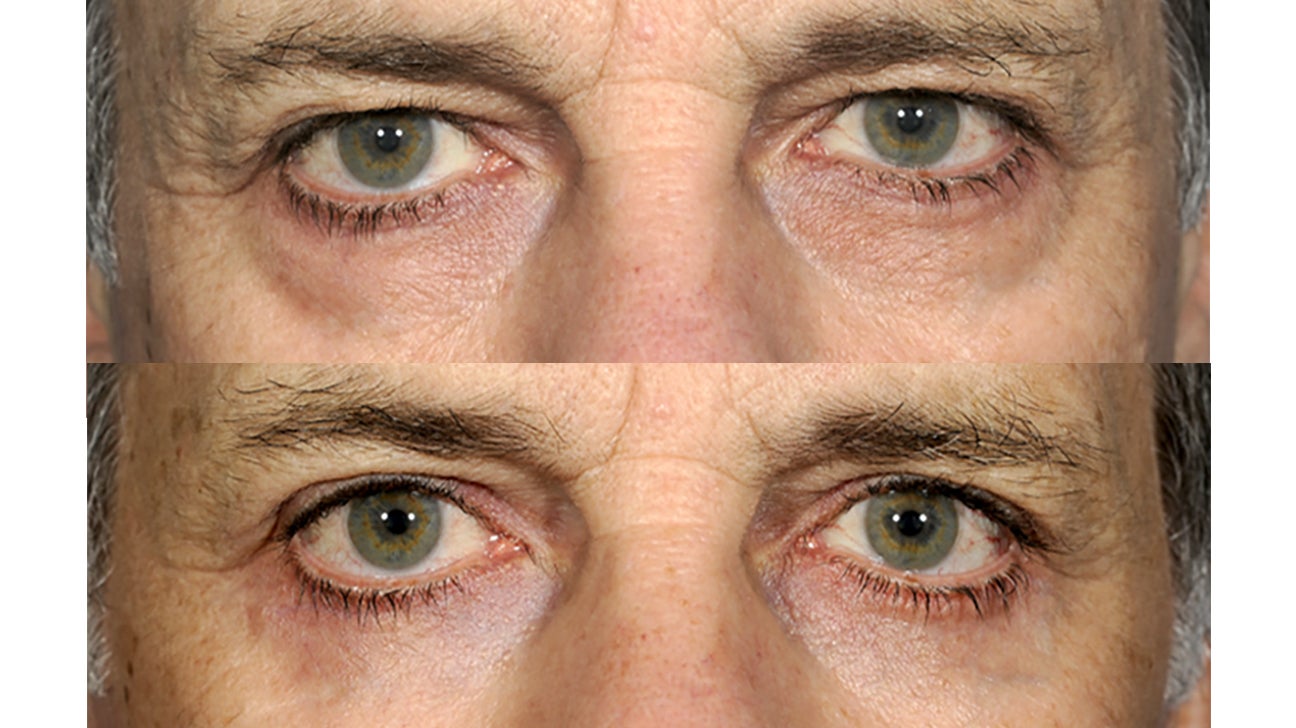What Factors Determine The Cost Of An Eye Lift?
An eye lift, medically known as blepharoplasty, is a cosmetic procedure that addresses sagging skin and fatty deposits around the eyes, rejuvenating the appearance and restoring a more youthful look. Similarly, cheek reduction is a procedure designed to reduce excess cheek volume, enhancing facial contours. Both of these cosmetic surgeries have gained popularity due to their transformative effects on facial aesthetics. However, the cost of these procedures can vary significantly depending on various factors. In this article, we will explore the key determinants of the eye lift cost and cheek reduction.
Surgeon's Expertise And Reputation:
The experience and reputation of the surgeon play a crucial role in the cost of eye lift and cheek reduction procedures. Highly skilled and renowned surgeons with a successful track record often charge higher fees. Their expertise and proficiency in achieving desirable results with minimal risks contribute to their premium pricing.

Geographic Location:
The location of the surgical facility can also influence the cost. Cosmetic surgery prices tend to be higher in urban centers and affluent areas due to higher overhead expenses and demand for cosmetic procedures. In contrast, the cost may be lower in less populated or economically diverse regions.
Type Of Anesthesia:
The choice of anesthesia can impact the overall cost of the procedure. Local anesthesia, which is less expensive, may be sufficient for some patients undergoing minor eye lift or cheek reduction. On the other hand, more complex procedures may require general anesthesia, which involves higher costs for an anesthesiologist and the use of specialized equipment.
Extent Of The Procedure:
The extent of the eye lift or cheek reduction significantly affects the cost. The complexity of the surgery, the number of areas being treated, and the amount of correction required all contribute to the final price. For example, a lower blepharoplasty addressing under-eye bags might be less expensive than a comprehensive procedure involving both upper and lower eyelids.
Facility And Operating Room Fees:
The quality of the surgical facility, including its accreditation and amenities, can impact the overall cost. High-end facilities with state-of-the-art equipment and top-notch staff might charge more. Additionally, operating room fees, including sterilization, staff salaries, and consumables, are factored into the total cost.

Preoperative Assessments And Postoperative Care:
Before any cosmetic surgery, patients undergo various preoperative assessments, such as medical evaluations and laboratory tests. Additionally, postoperative care, including follow-up visits and any necessary medications, is essential for a smooth recovery. These aspects are typically included in the overall cost of the procedure.
In some cases, patients may choose to combine an eye lift or cheek reduction with other cosmetic procedures, such as a facelift or brow lift. Combining surgeries can lead to cost savings, as the surgeon can address multiple concerns in a single operation. However, it is crucial to consider potential risks and recovery implications before opting for multiple procedures simultaneously.
Conclusion:
In conclusion, the cost of an eye lift or cheek reduction is determined by various factors. These include the surgeon's expertise and reputation, the geographic location of the surgical facility, the type of anesthesia used, the extent of the procedure, facility and operating room fees, preoperative assessments and postoperative care, any complementary procedures, as well as the surgeon's fees and anesthesia and medication costs. Patients should thoroughly consider these factors and consult with a qualified plastic surgeon to determine the most suitable options for their desired results and budget. It is essential to prioritize safety, quality, and desired outcomes when making decisions about cosmetic procedures.

Comments
Post a Comment